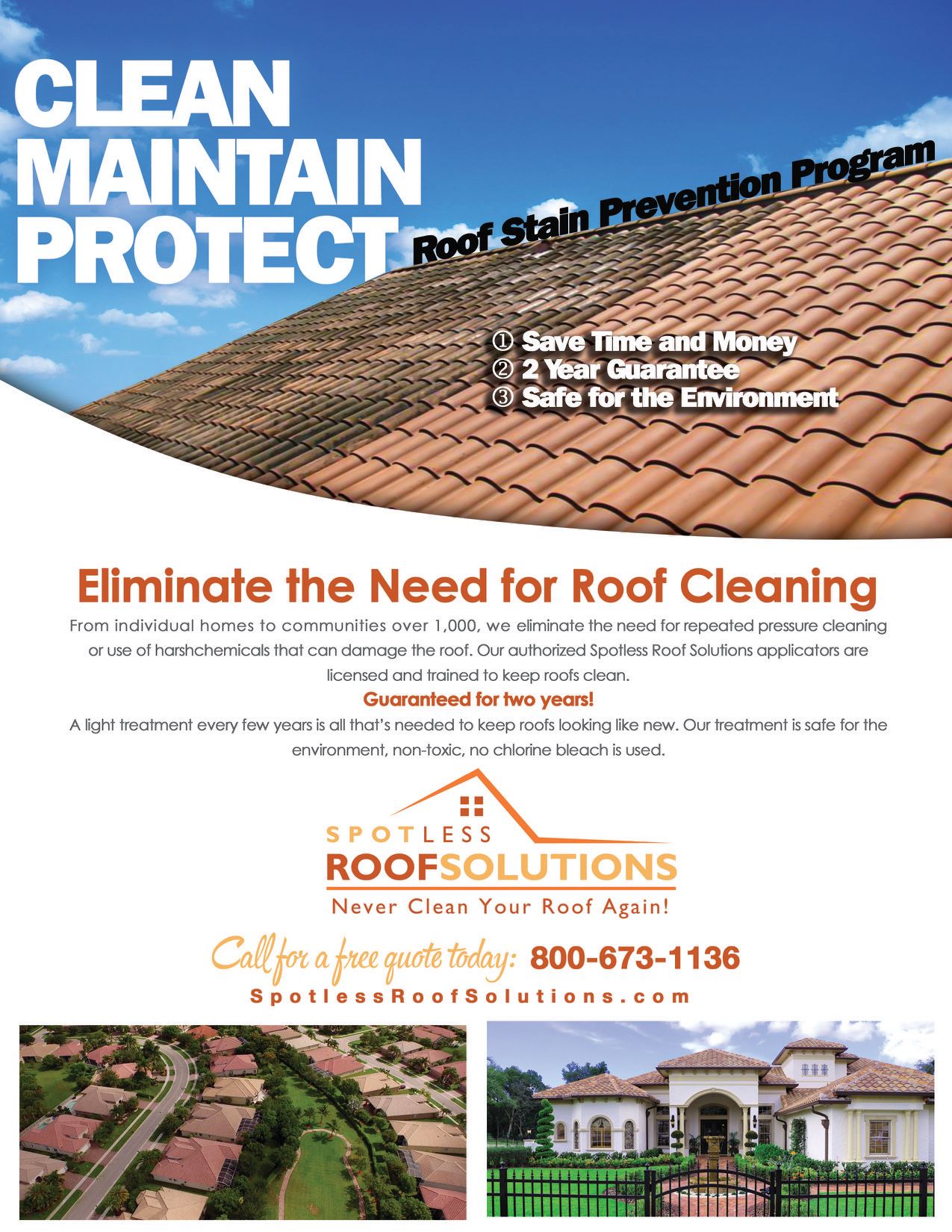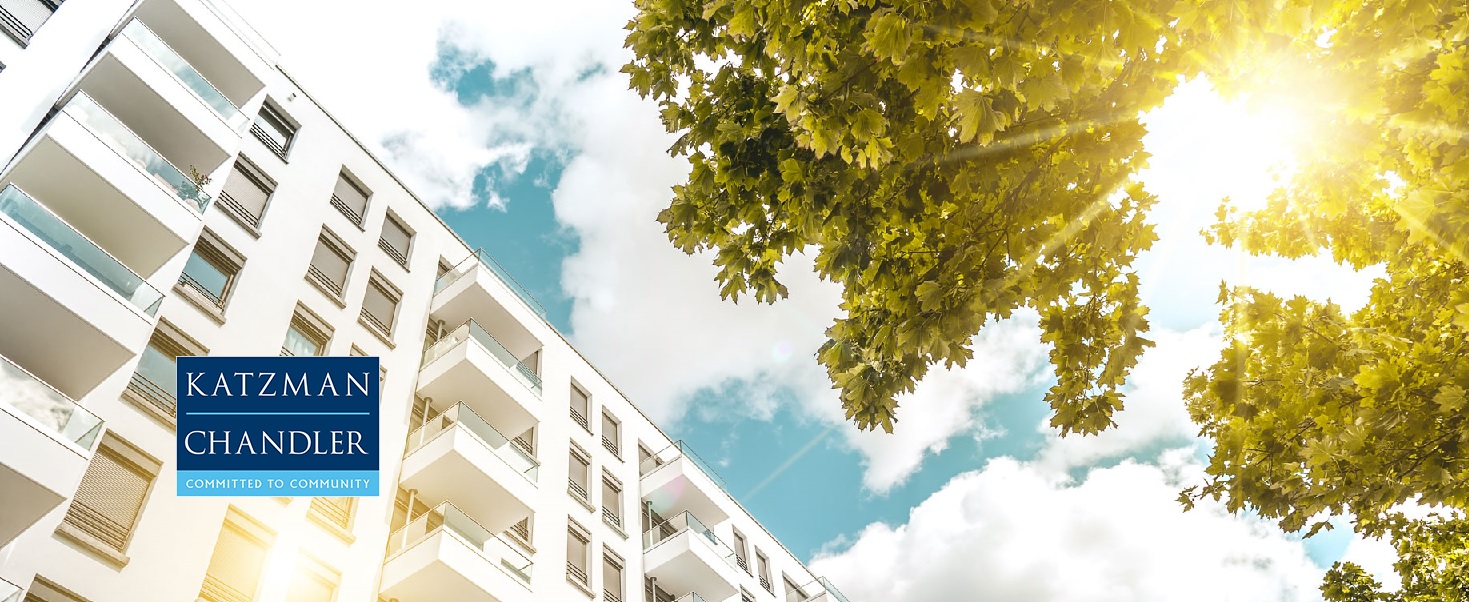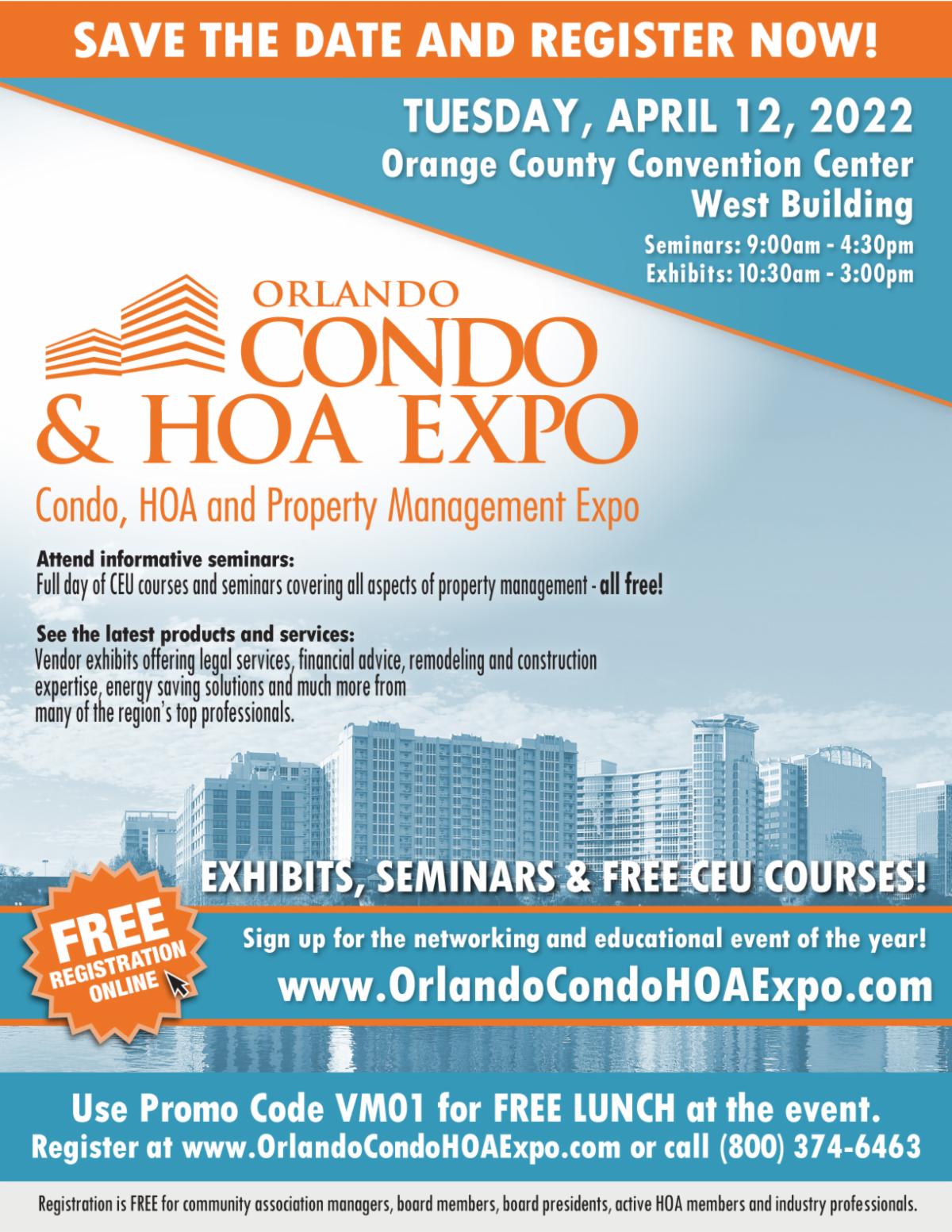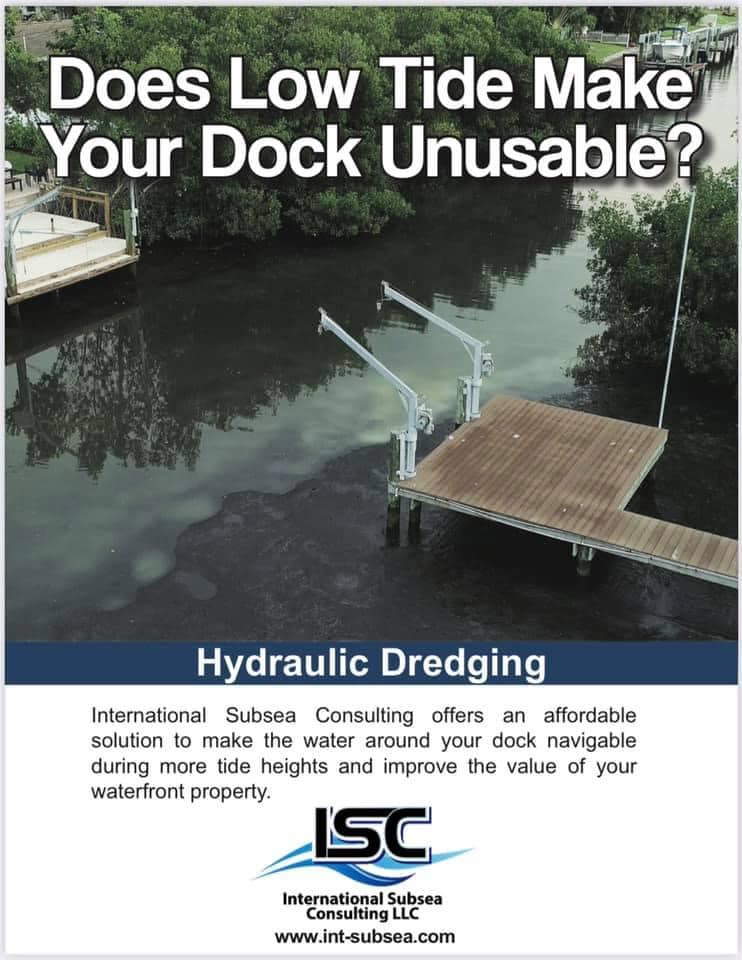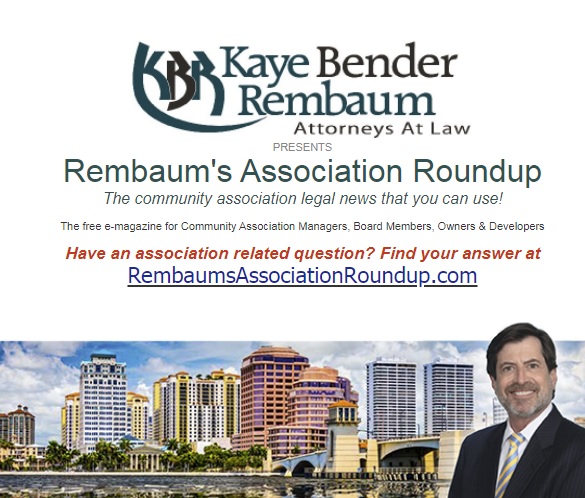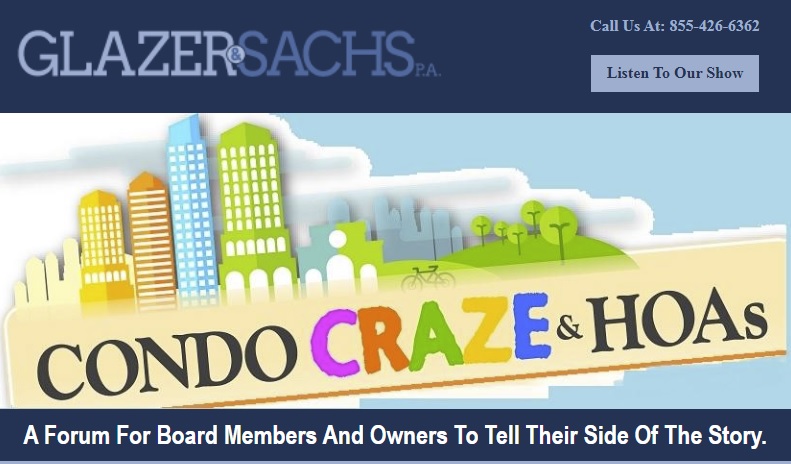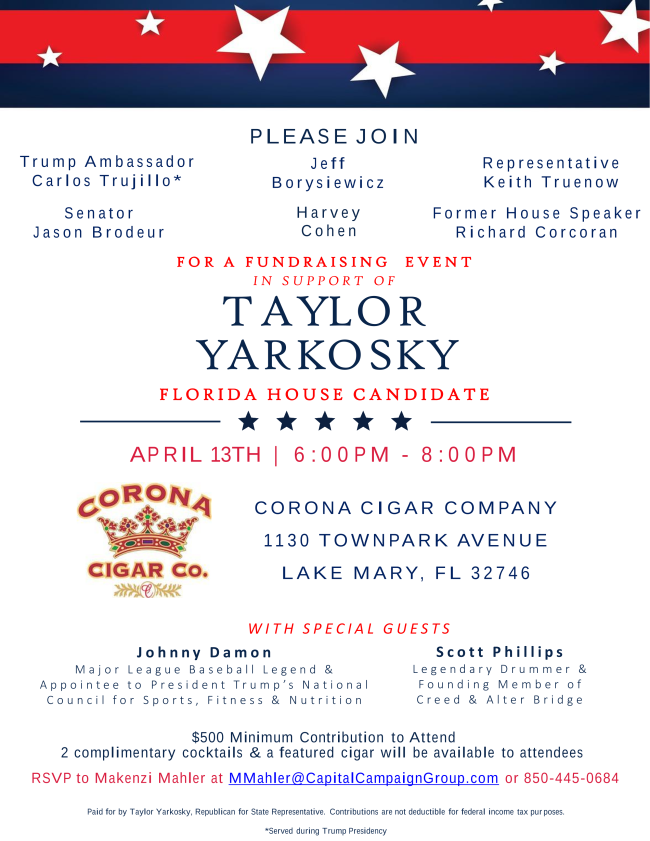In general, a petition for declaratory statement may be used to resolve questions or doubts as to how the statutes, rules, or orders may apply to the petitioner’s particular circumstances. These statements are only binding upon the parties who join in the proceeding. The Division issues “declaratory statements” when requested by parties who are unclear about the applicability of portions of the Condominium Act, Chapter 718, Florida Statutes. Declaratory statements are formal written positions taken by the Division on the laws and rules the Division is authorized to enforce and interpret. Importantly, with regard to the Hanesman Declaratory Statement’s precedential value, it has none whatsoever. It only applies to the parties named in the Hanesman Declaratory Statement, which includes the petitioner, Mr. Hanseman, and the Wildewood Springs II-B Condominium Association Inc. This decision is merely persuasive authority, at best. In fact, the Division does not even have to follow their own written precedent. Yet, it is predictive as to how the Division will rule should a similar fact pattern be presented. So, beware!
The Hanesman Declaratory Statement could stand for the broader proposition that all director emails are official records of the association, or perhaps it stands for the narrower proposition that board member emails are not automatically excluded as an official association record merely because the emails were sent from a director’s private email address and privately owned computer. Time will tell, I hope. In the meantime, applying its broadest interpretation means that the Division has now opined that all director-to-director emails are official records. This broad interpretation means such emails must be produced in response to a member’s official records request, unless later excluded from production due to matters of privilege. This broad interpretation also means that for all requests to inspect the official records of the association, directors will have to search their own hard drives and provide copies to the manager or whoever is coordinating the inspection. If this broad interpretation is to be applied, it is yet another burdensome requirement for board members and could be viewed as an extreme overreach of a governmental administrative agency. In light of this possible interpretation and obligation to turn over board member to board member emails, who will want to serve on the board, now?
Let us examine the history of this important topic. On March 6, 2002, Sue Richardson, the Chief Assistant General Counsel of the DBPR, issued an opinion which provided that “[c]ondominium owners do have the right to inspect email correspondences between the board of directors and the property manager as long as the correspondence is related to the operation of the association and does not fall within the…statutorily protected exceptions…[The DBPR does not have] regulations expressly requiring archiving emails, but…if the email correspondence relates to the operation of the association property, it is required to be maintained by the association, whether on paper or electronically, under chapter 718, Florida Statutes.”
In Humphrey v. Carriage Park Condominium Association Inc. Arb. Case No. 2008-04-0230 (Final Order, March 30, 2009), the arbitrator of the Division ordered that


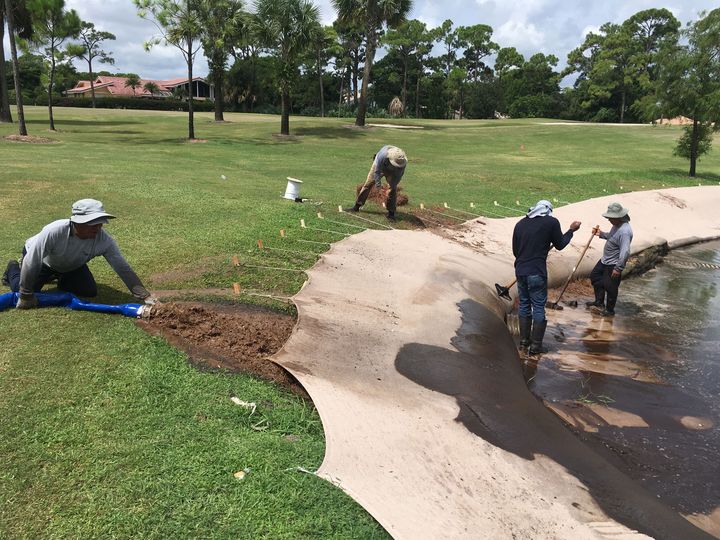

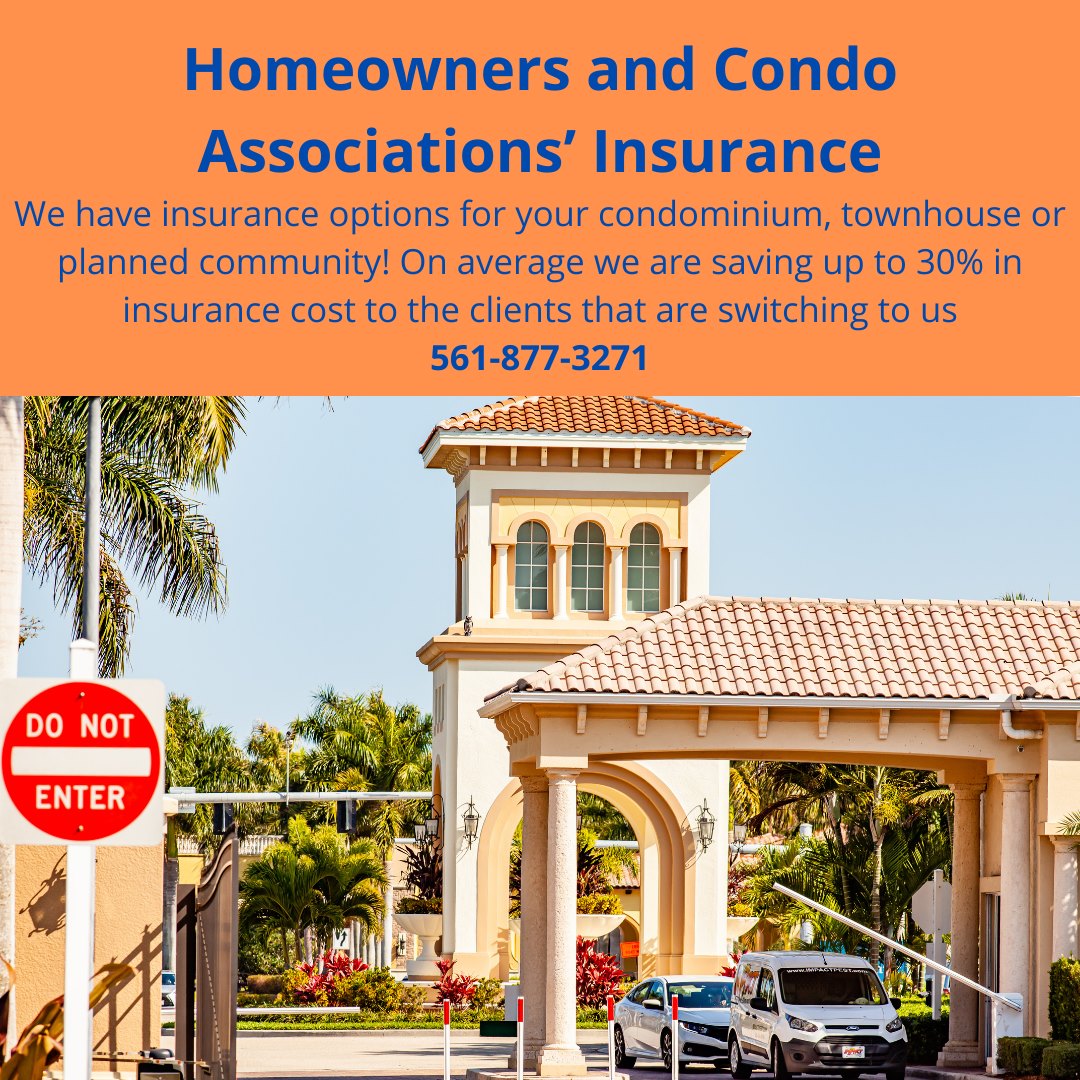
 We are a commercial insurance brokerage organization and have access to different insurance companies that offer a wide-range of products, services, and pricing.
We are a commercial insurance brokerage organization and have access to different insurance companies that offer a wide-range of products, services, and pricing.